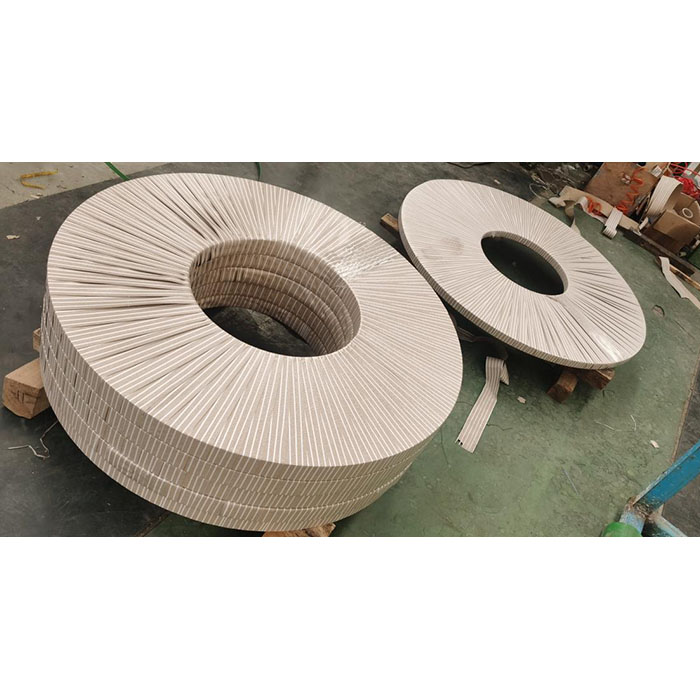

The environment has a significant impact on the service life of stainless steel coils. Although stainless steel is highly resistant to corrosion, its durability can still be affected by certain environmental conditions. Here are a few major environmental factors:
1. Air humidity
High humidity: High humidity environments may cause a water film to form on the surface of stainless steel. Especially in humid climates, moisture may promote localized corrosion. If stainless steel is not cleaned and maintained in time and is exposed to moisture for a long time, corrosion will accelerate.
Low humidity: In a dry environment, stainless steel corrodes slowly and has a relatively long service life.
2. Salt spray environment
In marine environments or saline-alkali areas, the salt in the air will significantly accelerate the corrosion of stainless steel. Salt spray can destroy the passivation film on the surface of stainless steel, causing pitting and corrosion, especially in areas near the sea.
In particular, low-alloy stainless steel materials may be more susceptible in this environment. For these environments, it is often recommended to use a more corrosion-resistant stainless steel type, such as 316 stainless steel, which is more resistant to chlorides.
3. Temperature
High temperature: Stainless steel may oxidize in high temperature environments, causing surface discoloration and performance degradation. High temperatures can also cause certain metallic elements of the steel to dissolve or change its structure, affecting corrosion resistance and strength.
Low temperature: Stainless steel usually performs well in low temperature environments, but if the temperature is too low, brittle fracture may occur, especially for some low-alloy stainless steel materials.
4. Chemical substances
The corrosion resistance of stainless steel depends on the passivation film formed on the surface. Exposure to acidic or alkaline environments will destroy this protective film and lead to accelerated corrosion.
Some chloride-containing substances are also major sources of corrosion for stainless steel, especially at high temperatures. They can accelerate pitting corrosion and stress corrosion cracking.
5. Contaminants and Dirt
Pollutants, oil, dust, etc. will accumulate on the surface of stainless steel and form a thin film, which may affect the passive film of stainless steel and cause corrosion. If not cleaned for a long time, these contaminants will reduce the corrosion resistance of stainless steel and shorten its service life.
Additionally, certain contaminants may leave marks on the surface, causing localized corrosion.
6. Ultraviolet radiation
Ultraviolet radiation usually does not corrode stainless steel directly, but it accelerates the aging of the surface coating. If the stainless steel surface is coated with a protective layer, ultraviolet radiation will cause the coating to age and lose its protective effect, thereby affecting the durability of the stainless steel itself.
7. Harmful gases in the air
In some industrial environments, the air may contain harmful gases, such as ammonia, sulfide, chlorine, etc. These gases can react with stainless steel, causing corrosion on its surface and affecting its service life.
In summary, although stainless steel coils have strong corrosion resistance, environmental factors such as humidity, salt spray, temperature, chemicals, pollutants, and ultraviolet rays will all affect the service life of stainless steel coils. In order to maximize the service life of stainless steel, it is necessary to select the appropriate material type according to the use environment and perform regular cleaning and maintenance.
